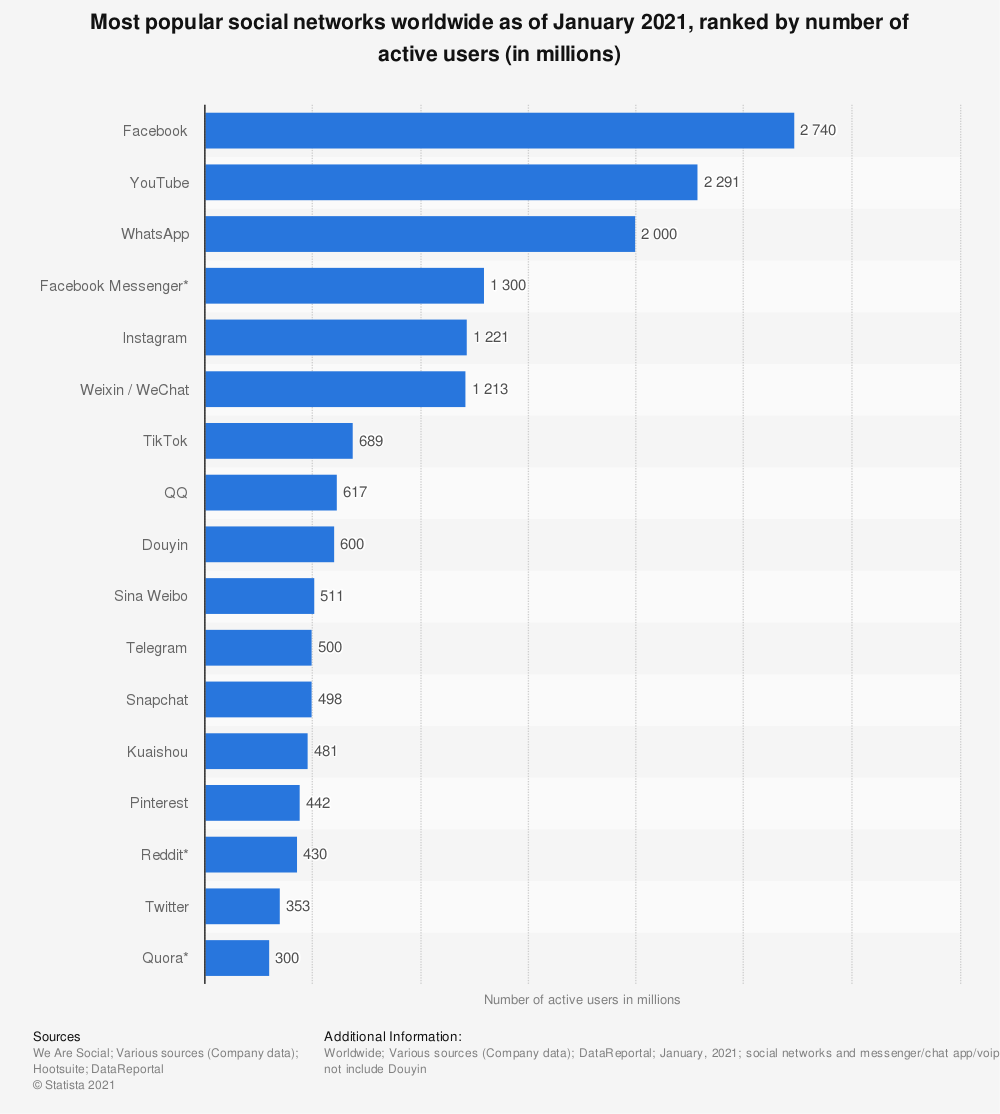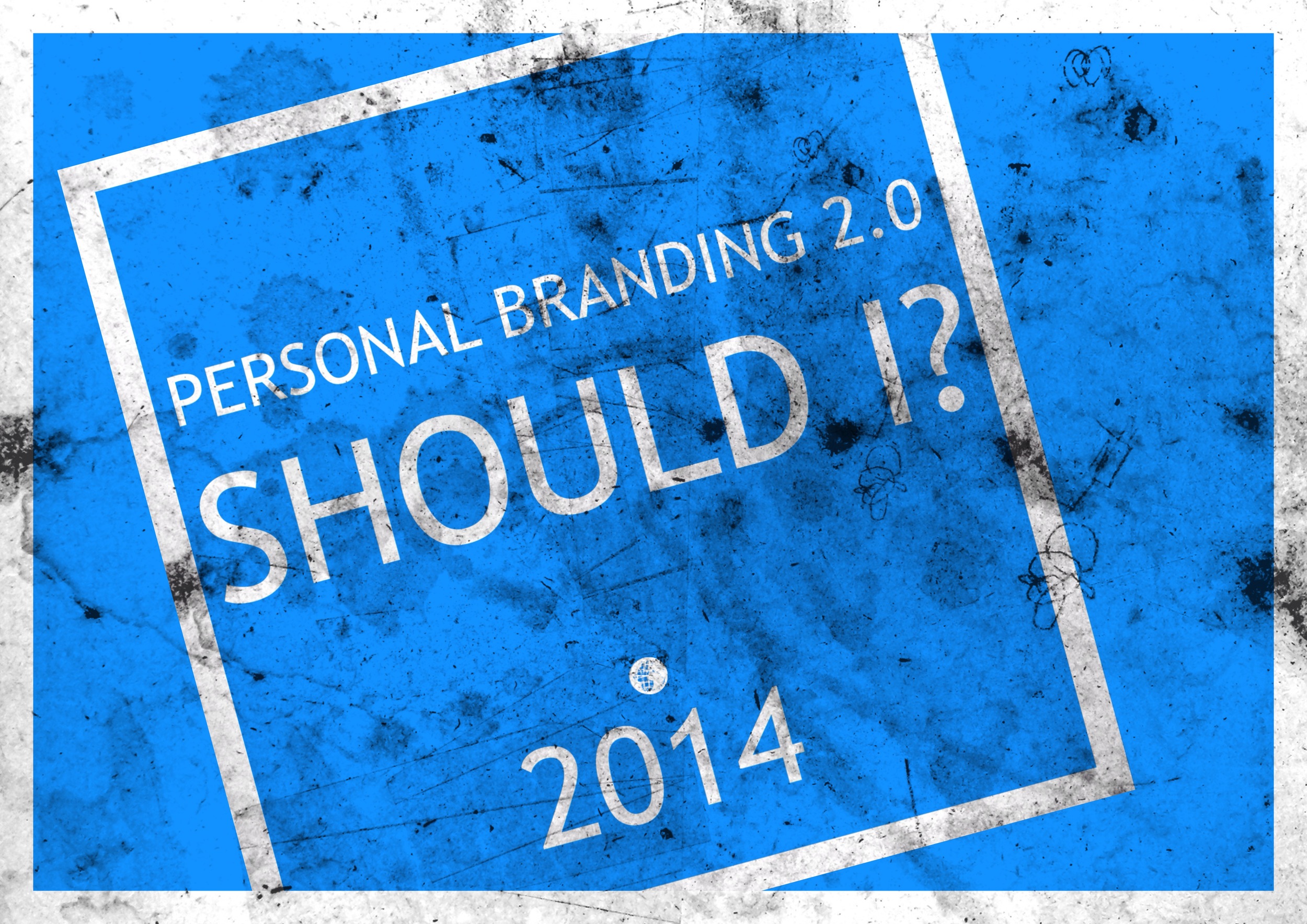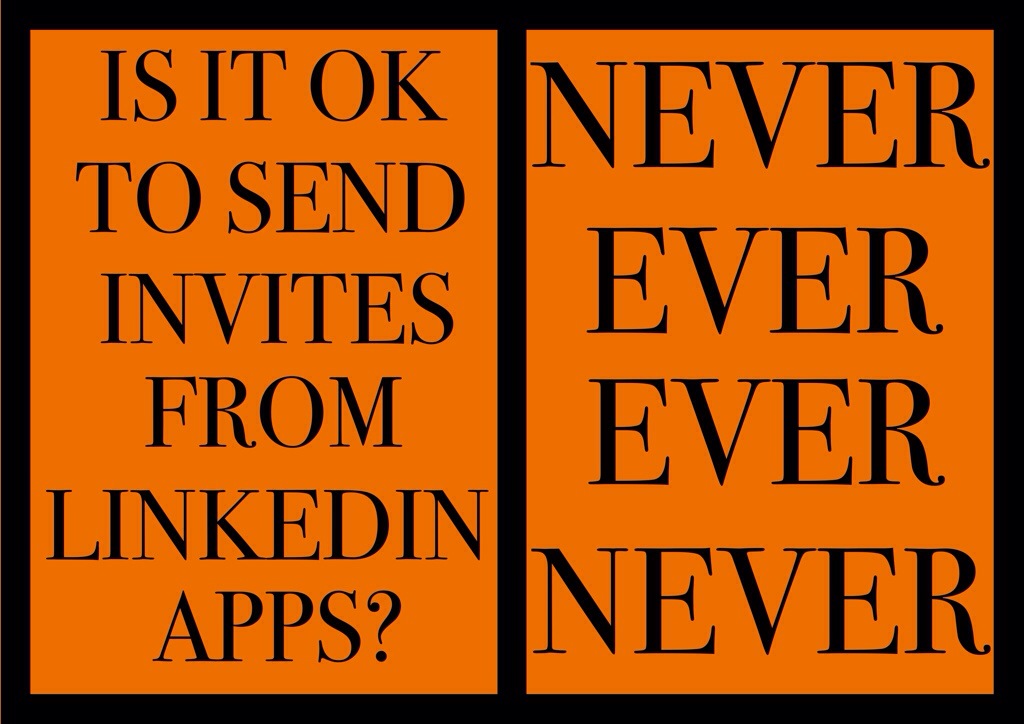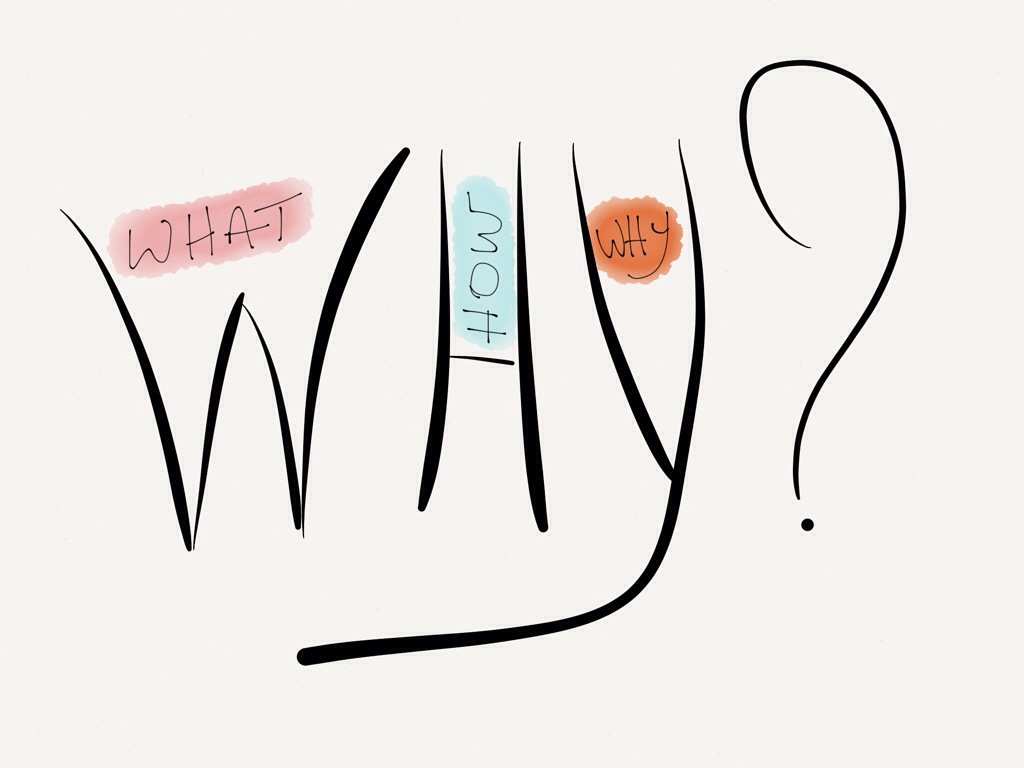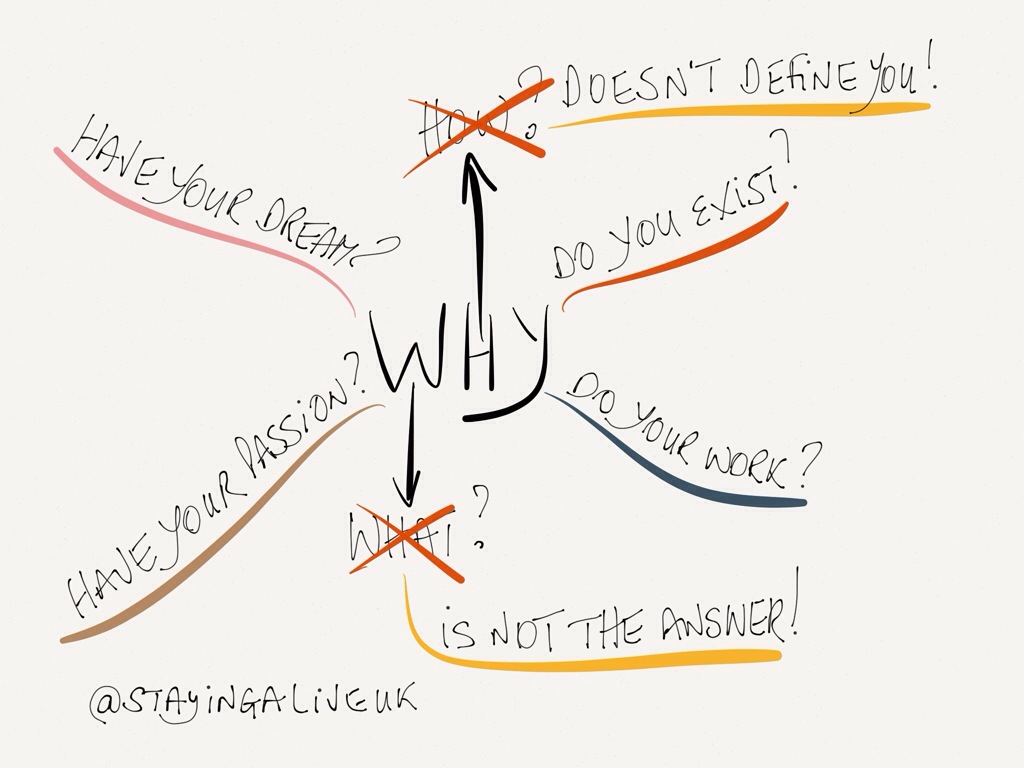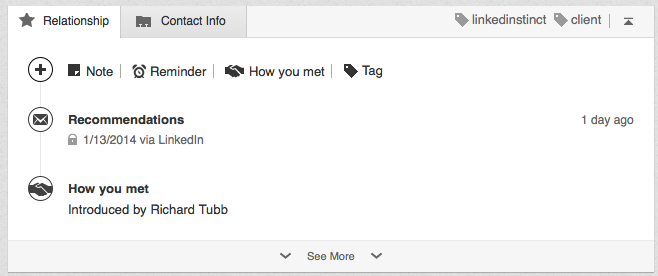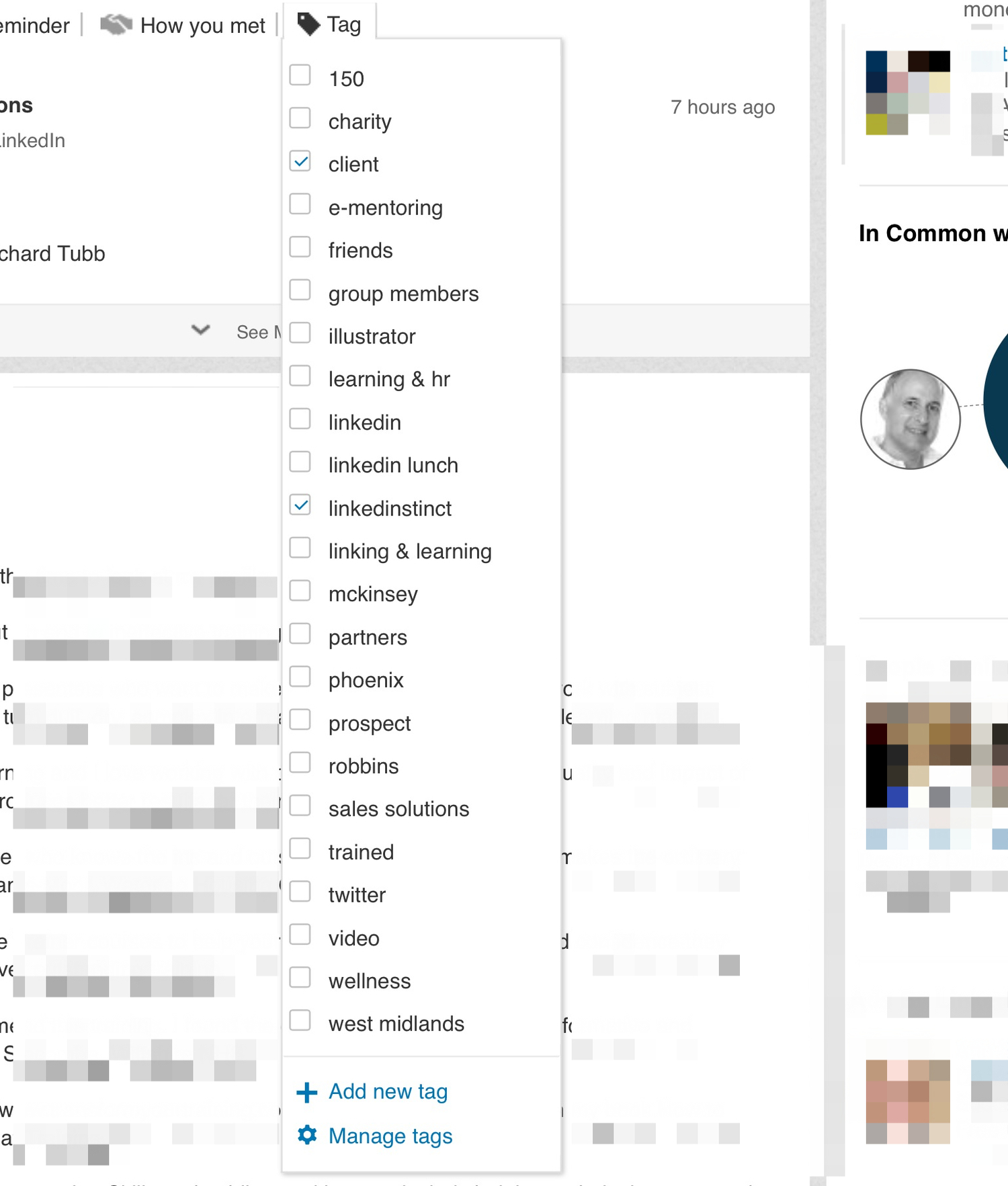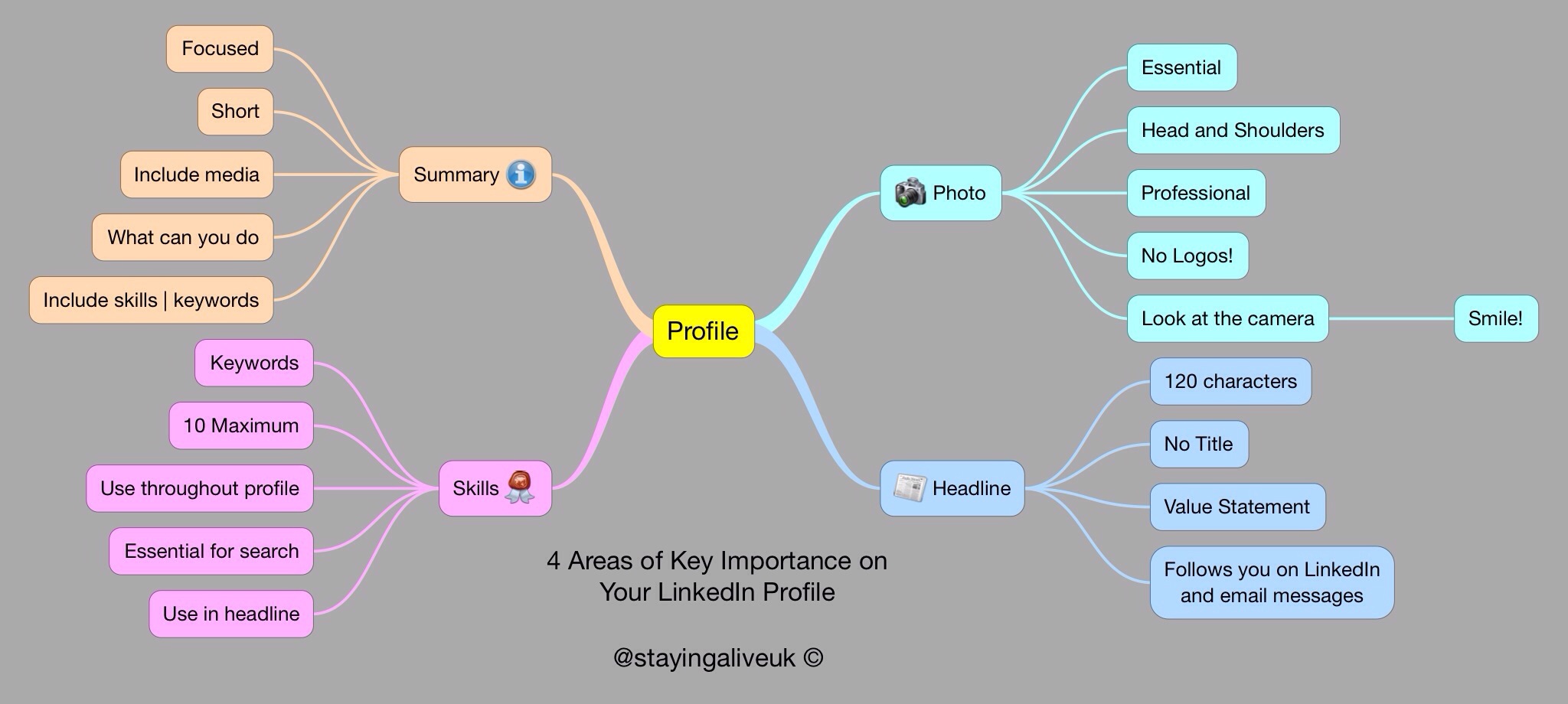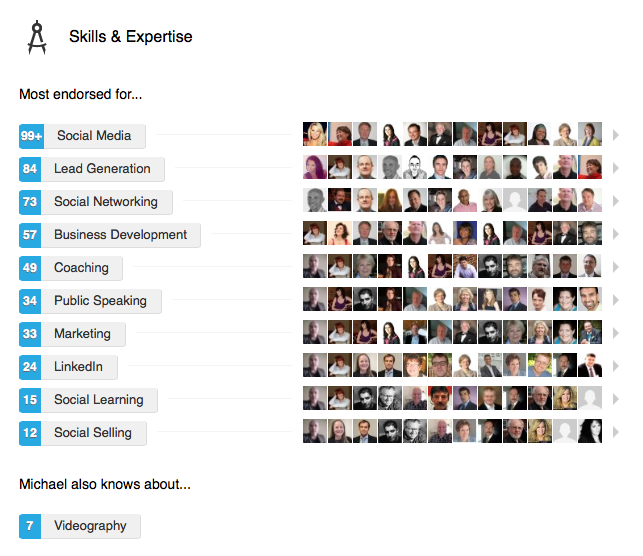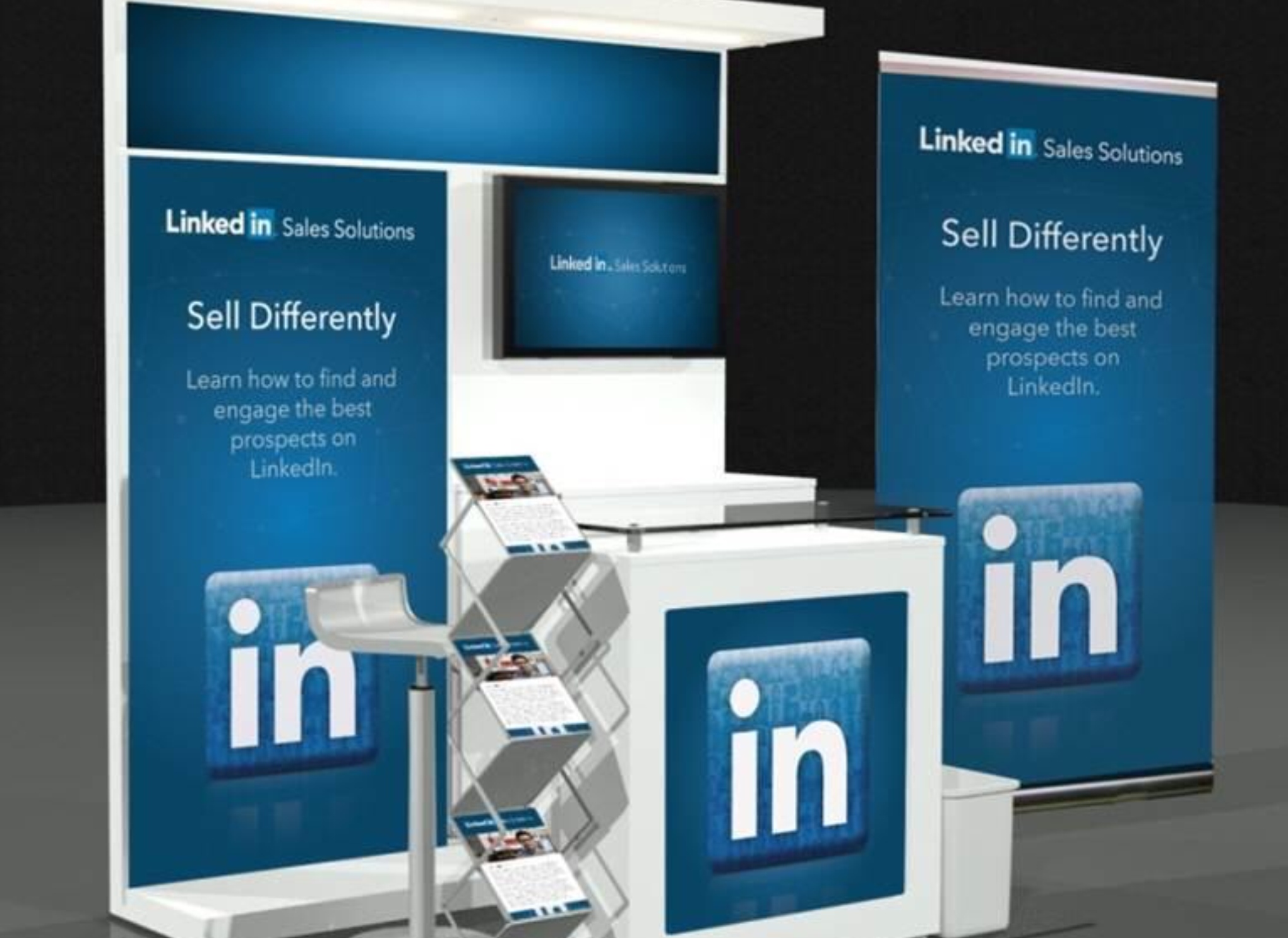Well, I can confirm most definitely, I am totally and utterly confused with LinkedIn's Help. For years now I have received responses to my queries where the support team at LinkedIn, haven’t really got a clue what I am talking about.
Maybe it is me and the way I ask my questions is not clear enough?
I don’t know about you, but I find that all I seem to receive is a bunch of ‘template’ responses to try and close my ticket as soon as possible. In fact LinkedIn Help already closes the ticket, when they deem that my question has been answered satisfactorily by them. Most times I have to reopen the ticket to send a follow up response or question.
This brings me nicely on to my latest example, ‘The Reminder’.
This feature was introduced when LinkedIn had a major upgrade, released maybe a couple of years ago.
It allows any member to schedule a reminder on a connection’s profile. The reminder can be set for 1 day, 1 week, 1 month or recurring. A strange way of setting reminders by the way, normally you would specify a specific date. Anyway that’s the way it was set and is still the way it exists.
The 'Reminder' feature appears under the 'Relationship' tab, just under the Profile Header.
When this new feature was introduced, LinkedIn then also started to email us all a daily digest of our connection’s major activity, like a job change, a work anniversary and their birthday. If by any chance you had set a reminder, this would also arrive in the same email. Thereby listing all your reminders and you could take action on those. A great way to be reminded about your reminders don't you think?
In the past 12 months LinkedIn have changed their policy on the volume of email, because of some public criticism they had received.
I agree there was just far too much. However this has meant that they have done away with the 'Daily Digest' email, but you are still able to see your connection’s major activity under the ‘connections’ section and engage with your connection’s activity by sending them an email message, like or comment on their activity. You get daily new notifications on your mobile app too, although you can only message your connections to congratulate them, like and commenting at time of writing is not available on mobile. I won't bore you with the ’Connected app’ that was retired recently, which was created specifically for this purpose.
Anyway, it now means that ‘The Reminder’ notification via email is missing in action. You no longer receive an email, because the ‘Daily Digest’ has been retired and it also doesn’t receive a flag, which would have been the most sensible thing to do, but it does appear under your ‘connections’ section (desktop), although you may have to keep expanding by clicking the ‘see more people to contact’ tab underneath the 9 cards that will show up.
Anyway I did know about the failure of this, but decided when I saw a forum thread on the subject to investigate further and ask LinkedIn Help the question about reminders.
Below is a screenshot of the thread of my email conversation exchange with them. In conclusion the reminder feature is no longer very useful, unless you are disciplined enough to view your connections page on a daily basis, just to check for reminders. 🙄
You’ll see from the email thread that support completely gets the wrong meaning of my question to begin with. Why? Answer: ’Template responses’.
Conclusion:
1. The ’Reminder’ feature will probably be retired very soon.
2. LinkedIn Help agents are robots 🤖?
Wishing you success with LinkedIn's features. Just remember that one day those features may be rendered useless or retired, you just never know. Whether you are a paying premium member or not, it doesn't matter.









